Mid-range graphics cards have revolutionized the gaming landscape, capturing the attention of budget-conscious gamers seeking a balance between affordability and performance. High-end GPUs are not definitely for everyone although they deliver top-tier gaming experiences but for a 1080P or 1440P gamer, it’s just a waste of money. If you’re looking for a sweet balance between price and performance then I would recommend never investing in top-tier graphics cards. In the mid-range you not only have many advantages that we are going to point towards but also in terms of future-proofing high-end graphics cards are a nightmare for everyone.

What is Mid-Range Graphics Card?
So, what exactly is a mid-range GPU? Mid-range GPU or graphics processing unit, refers to a graphics card that falls between entry-level and flagship models. It is a graphics card that offers a balance between price and performance, making it a popular choice for gamers and most individual content creators.
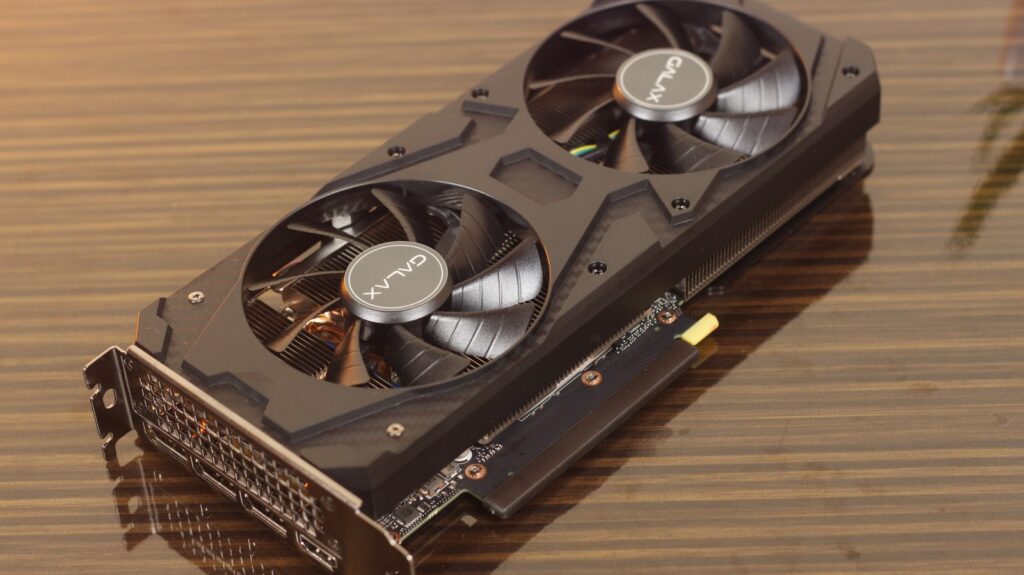
Yes, in between 1000 dollars if you are planning for gaming and video editing PC then mid-range GPUs will be your friend. Always remember in while building a PC 20% to 30% budget should be allocated to the GPU. So, In terms of price, mid-range GPUs should typically be found in the range from around $250 to $500. Which actually true. You can get a wide variety of options in this range. These cards are more affordable compared to the top-of-the-line GPUs that can cost several hundred or even thousands of dollars.
When it comes to differences between a high-end GPU and a mid-range GPU then on paper there are so many things you can find that could be way higher with high-end models. For example, the number of processing cores they have. For example, Nvidia GPUs use CUDA cores, while AMD GPUs use Compute Units (CUs) to denote their performance. The number of CUDA cores or CUs indicates the level of parallel processing power the GPU possesses. For instance, an Nvidia RTX 3060 may have 3584 CUDA cores, while an Nvidia RTX 3090 boasts 10496 CUDA cores. Similarly, an AMD RX 6600 has 28 CUs, whereas an AMD RX 6900 XT has 80 CUs.
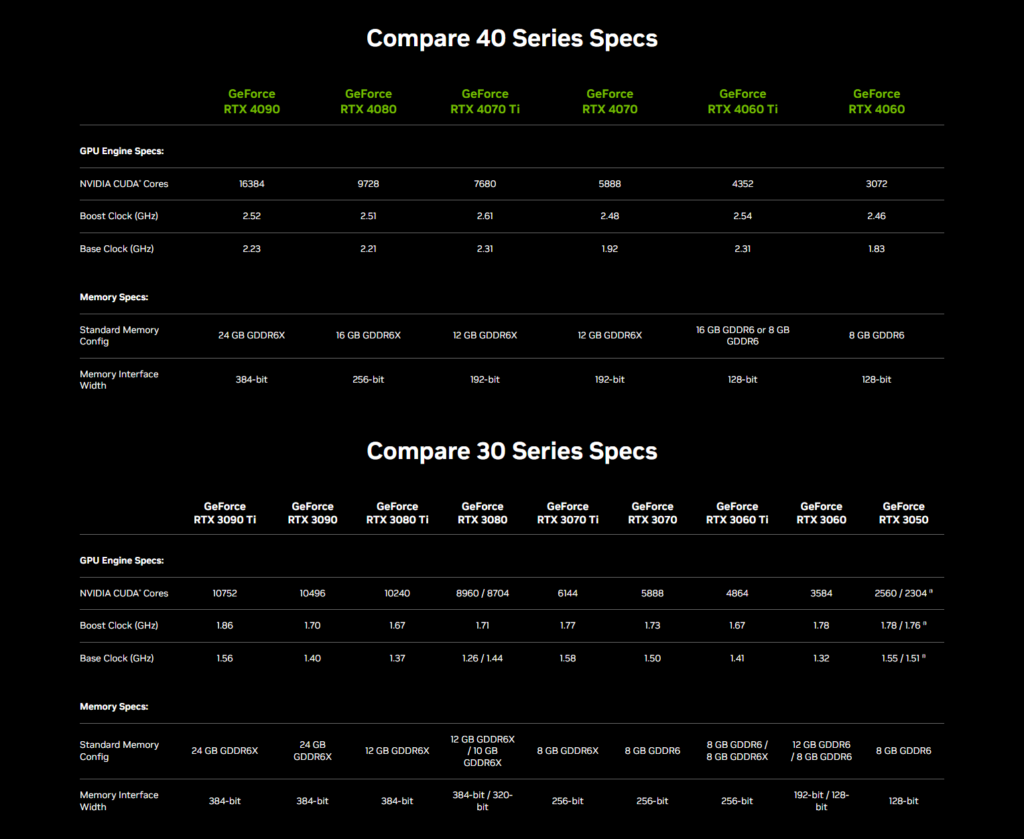
VRAM amounts also differ. With top-notch GPU you will find way more VRAM than the budget segment something like 16GB or 24GB or something similar. In the mid-range, it’s in between 6GB to 12GB.
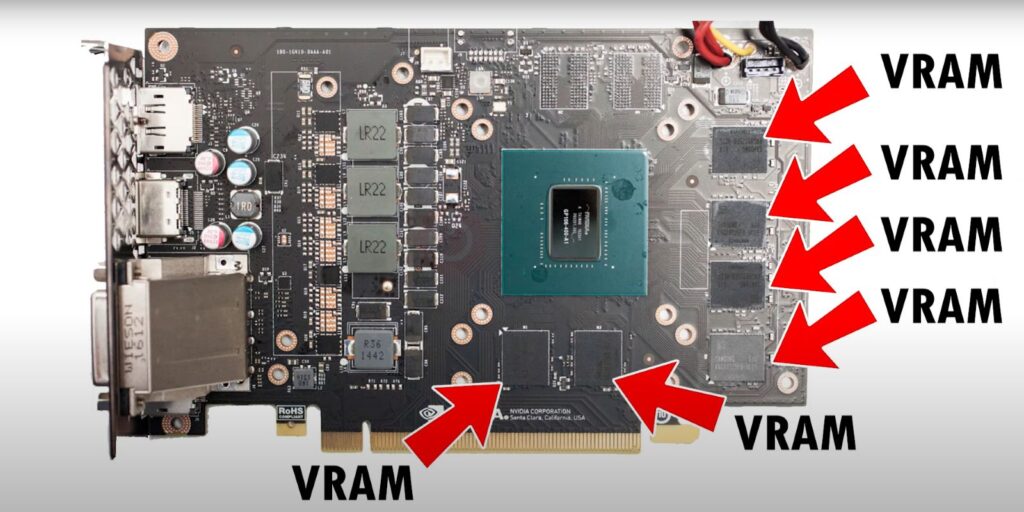
Another important factor is VRAM bandwidth. Which is quite limited to mid-range models. We have a detailed article on that you can check yourself. These are some basic aspects while diving deep you may find more and more differences but on top all of everything that actually matter is performance. Mid-range GPUs offer a good balance between price and performance, making them a popular choice for gamers and users who want solid graphics capabilities without the high cost associated with flagship models.

Better Value for Money
Mid-range graphics cards provide a higher price-to-performance ratio compared to most high-end GPUs. They often incorporate the latest rendering and upscaling technologies, such as Ray Tracing, DLSS (Deep Learning Super Sampling), XeSS (Xbox Series X/S Super Sampling), and FSR (FidelityFX Super Resolution). Additionally, mid-range GPUs can sometimes deliver more performance than previous-generation flagship GPUs.
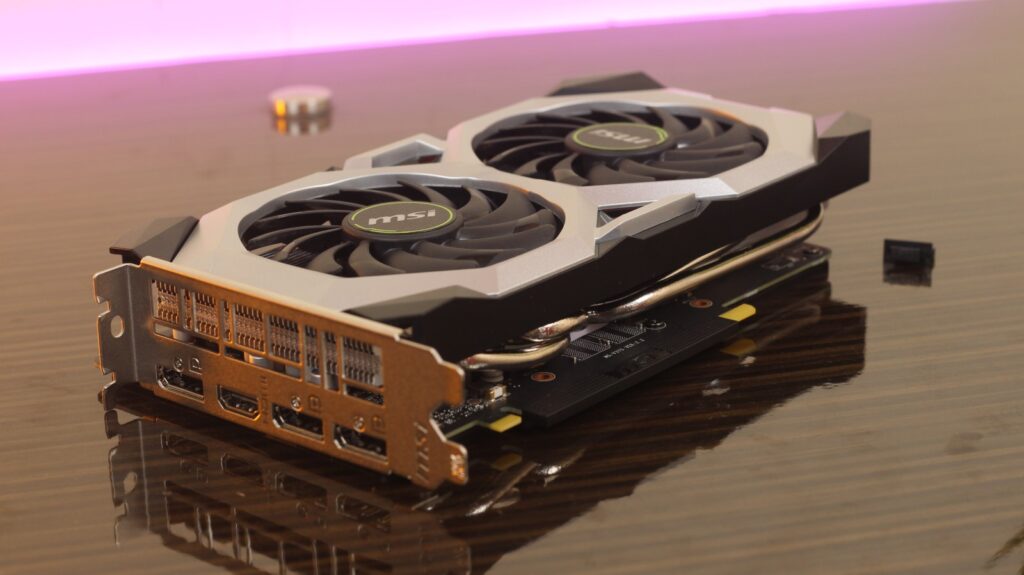
For example, the Nvidia GeForce RTX 3060 Ti outperformed the previous generation’s flagship, the RTX 2080 Super, by a small margin while being priced at $399 instead of $699. RTX 2080 super wasn’t a bad GPU either it was the cheapest for of original RTX 2080 and its big brother RTX 2080Ti. So, now RYX 3060 is dominating.

Suitable For 1080 P and 1440P Gaming
Mid-range GPUs are an excellent choice for gaming on 1080p and 1440p displays. They provide a balance of affordability and performance, making them well-suited for delivering smooth and visually appealing gameplay on these resolutions. Mid-range GPUs can effectively handle all the AAA titles in high or ultra settings and in the upcoming 2 – 3 years your mid-range card’s glory will not be faded.
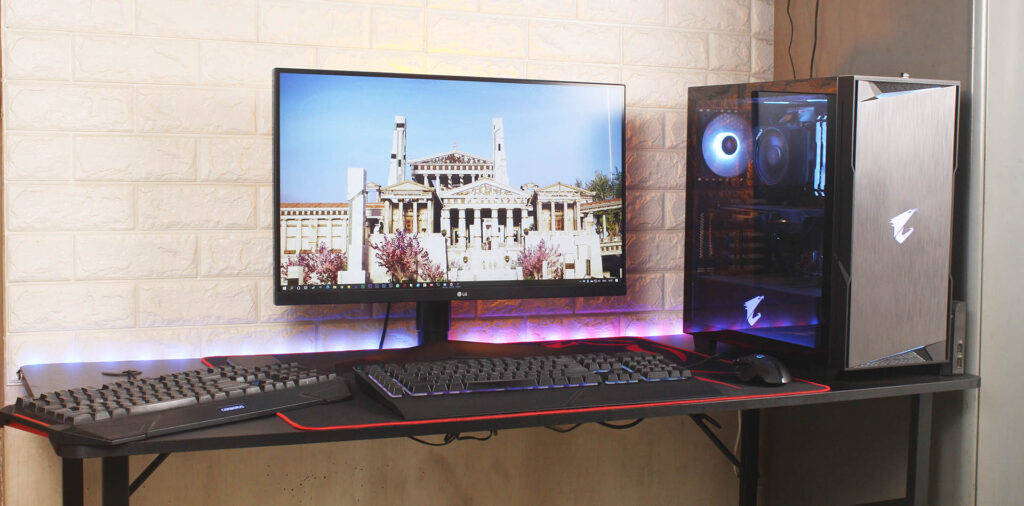
Choosing a mid-range GPU for 1080p and 1440p gaming allows users to allocate their budget more effectively. Instead of spending a significant amount on a high-end GPU that may be overkill for their chosen display resolution, they can invest in other components or peripherals to enhance their overall gaming setup and user experience.
Lower Power Consumption – Good
With every generation power consumption decreases and performance increases. In contrast 2080 super has a TDP of 250W whereas 3060Ti which delivers almost the same performance can draw less power around 200W – thanks to advancements in GPU fabrication technology.
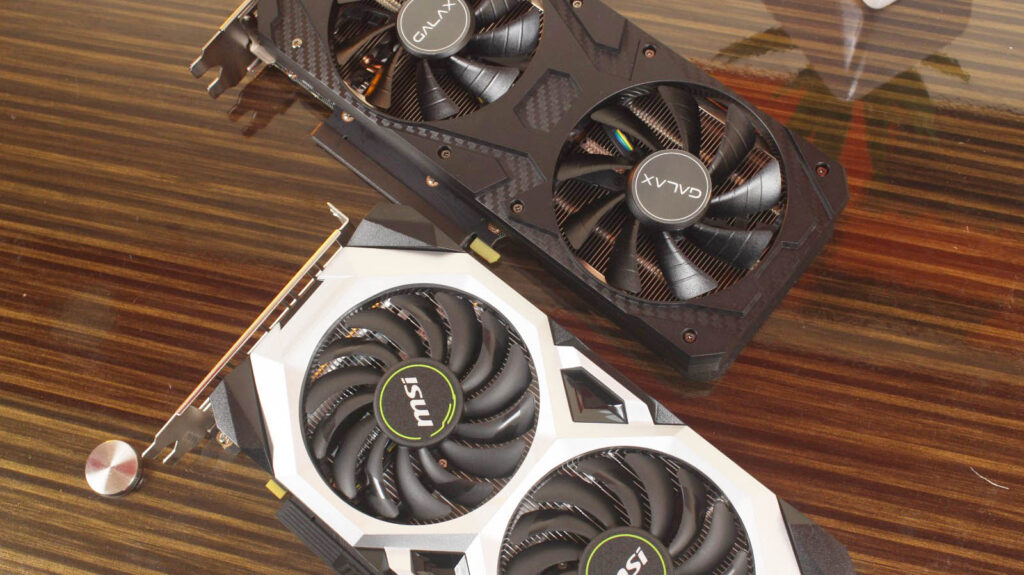
Mid-range graphics cards are designed to operate within a maximum thermal design power (TDP) range of around 200W to 220W, making them more energy-efficient. This lower power consumption not only helps reduce electricity costs but also makes them compatible with most mid-tier power supply units (PSUs) throughout their lifespan.
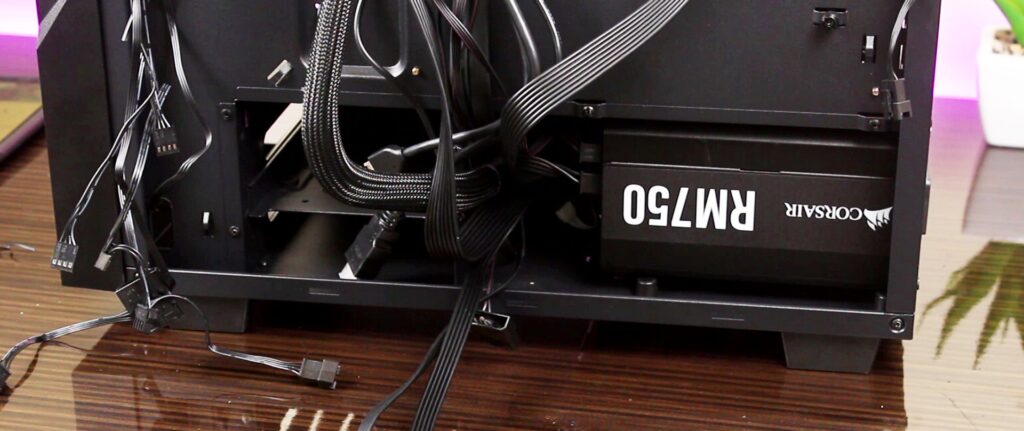
Although most mid-tier graphics cards have the 8-pin power connector so if you’re buying a mid-range GPU make sure your power supply has those 8-pin power connectors however you can borrow one from a SATA power connector using a SATA to PCIE power converter cable that’s definitely not always that much reliable.
Mid-Range Graphics Cards have Less Heat Production
Another advantage of mid-range graphics cards is their ability to generate less heat compared to flagship-grade GPUs during demanding workloads. This means that they typically don’t require large, high-end cooling solutions to maintain safe operating temperatures. So, that you can fit these cards in a compact PC case and no need for liquid cooling solutions for best possible performance.
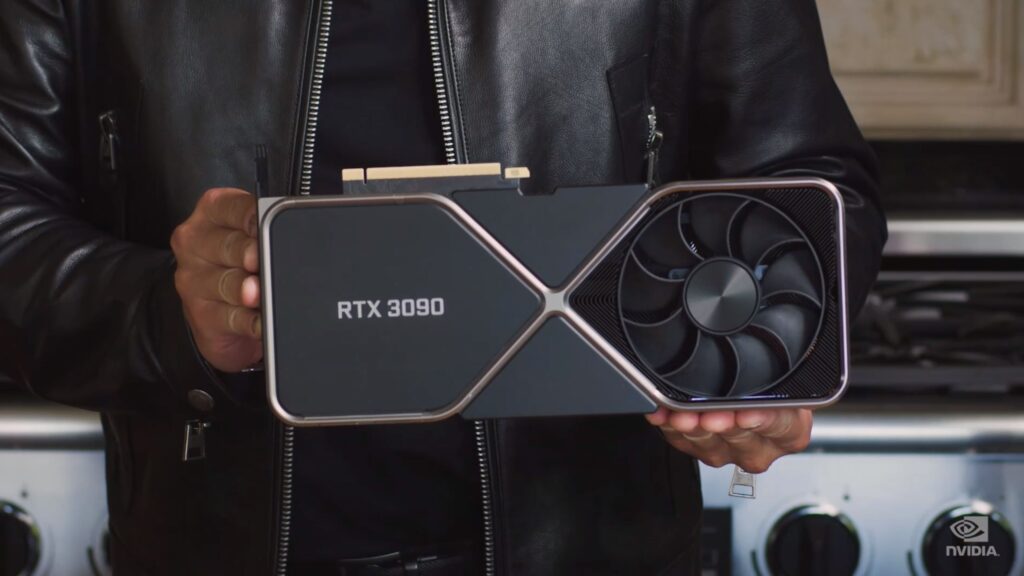
Better Lifespan Less Maintenance
As high-end GPUs heat up drastically so you have to regularly change thermal pads and thermal paste once per 7 to 8 months. If the card is air-cooled then the PC case should have multiple case fans to maintain the temperature. If a card for some reason overheats it will negatively impact its life.
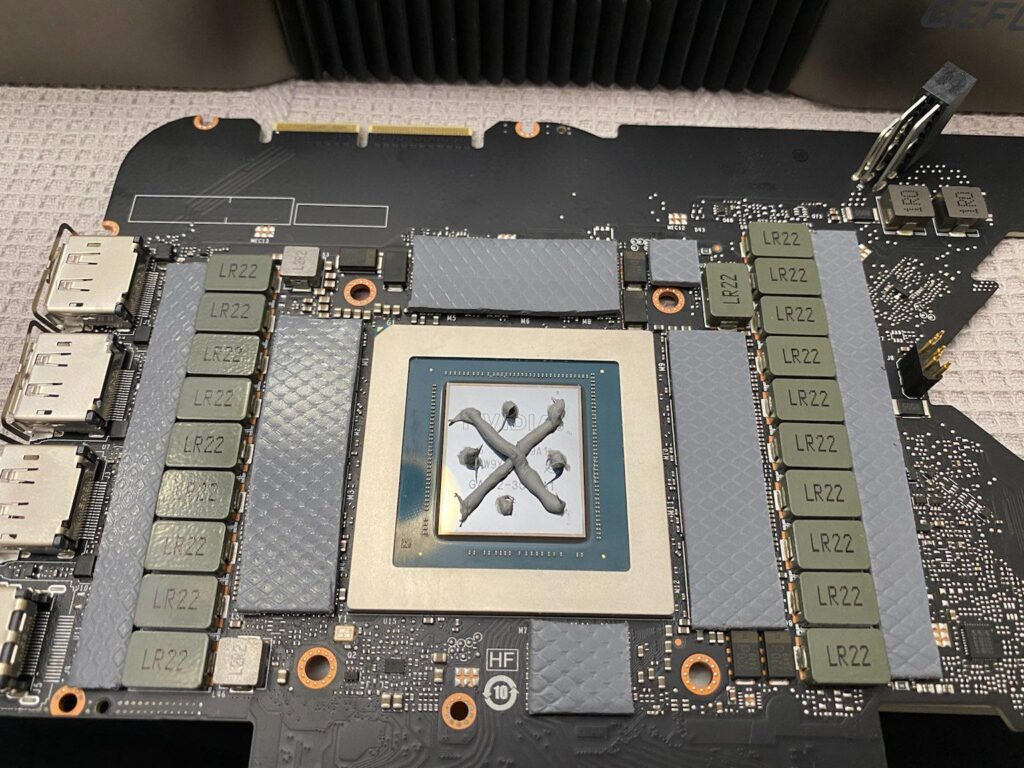
Also, with mid-range GPUs cost of owning is pretty low compared to high-end GPUs. Cost of owning=Buy Price – Sell Price. Basically, mid-range graphics cards can be sold with a hand full of money because you can easily find people who want to buy them. For flagship GPUs, you barely find any buyers.
Most importantly, when high-end GPUs are released, they offer the best performance available on the market. However, as technology advances and new GPU generations are introduced, their advantage diminishes over time. On the other hand, mid-range GPUs tend to strike a balance between performance and cost, making them a more future-proof choice.
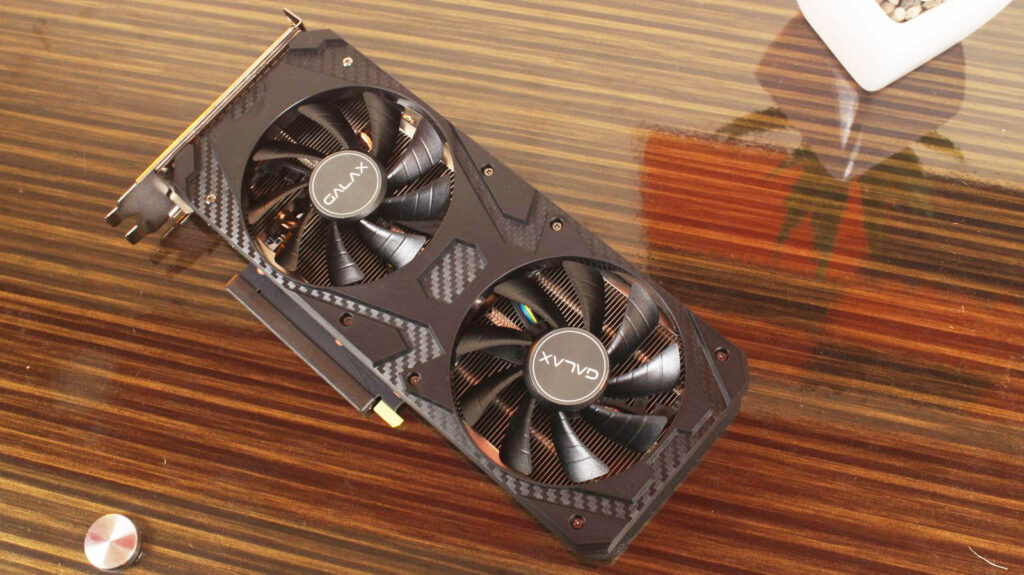
By choosing a mid-range GPU, users can enjoy a balance between cost and performance while benefiting from a longer lifespan before feeling the need to upgrade. This can result in significant cost savings over time, as they won’t need to invest in new high-end GPUs as frequently to keep up with the latest gaming requirements.
In the Concluding Lines…
In conclusion, mid-range GPUs offer a longer lifespan in terms of price and performance compared to high-end GPUs. For 3 to 4 years you will be satisfied with what you have paid for. With a top-notch model, this recovery takes so much time and in that period new graphics cards available at cheaper prices will dominate your GPU. That’s why mid-range graphics cards could be the practical choice for users who want a graphics card that remains capable and relevant without the need for frequent upgrades.
